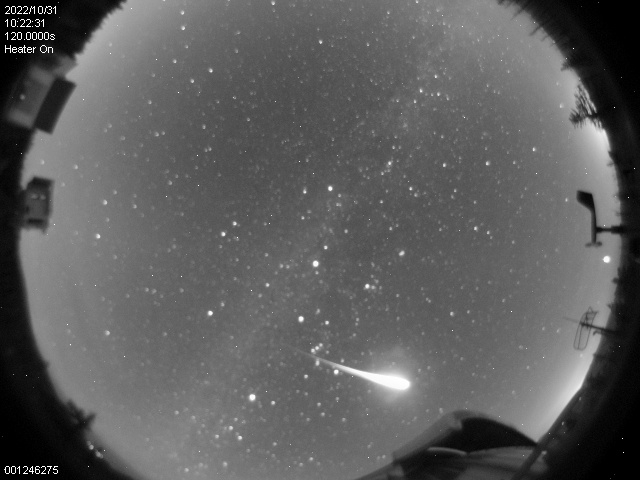
Meteor Activity Outlook for June 24-30, 2023
Steve Allanson captured this brilliant sporadic fireball using an all sky camera on October 31, 2022, at 03:23 MST (10:23…

Steve Allanson captured this brilliant sporadic fireball using an all sky camera on October 31, 2022, at 03:23 MST (10:23…

Ryan Conner captured this multi-bursting Southern Taurid fireball using his AllSky Camera System on October 29, 2022, at 19:53 EDT…
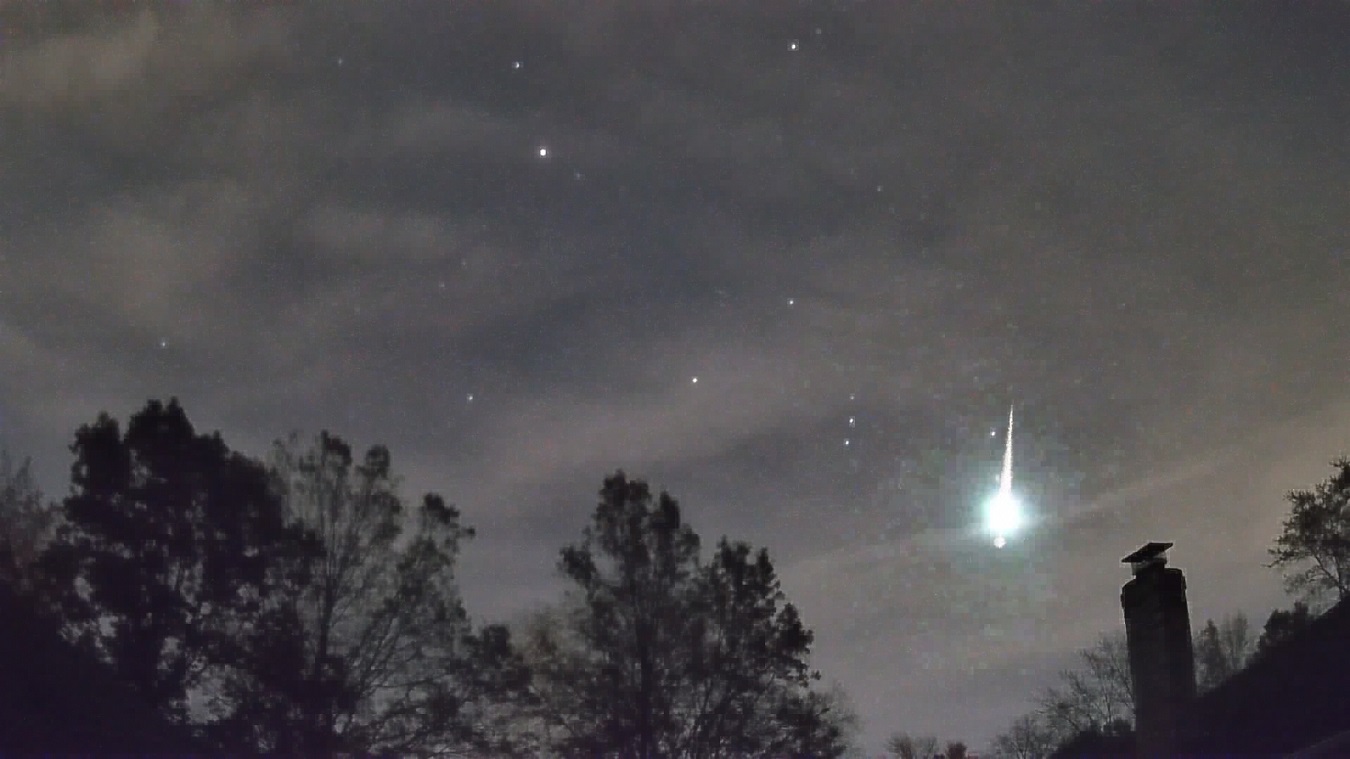
Ryan Conner captured this brilliant Southern Taurid fireball using his AllSky Camera System on October 28, 2022, at 01:14 EDT…
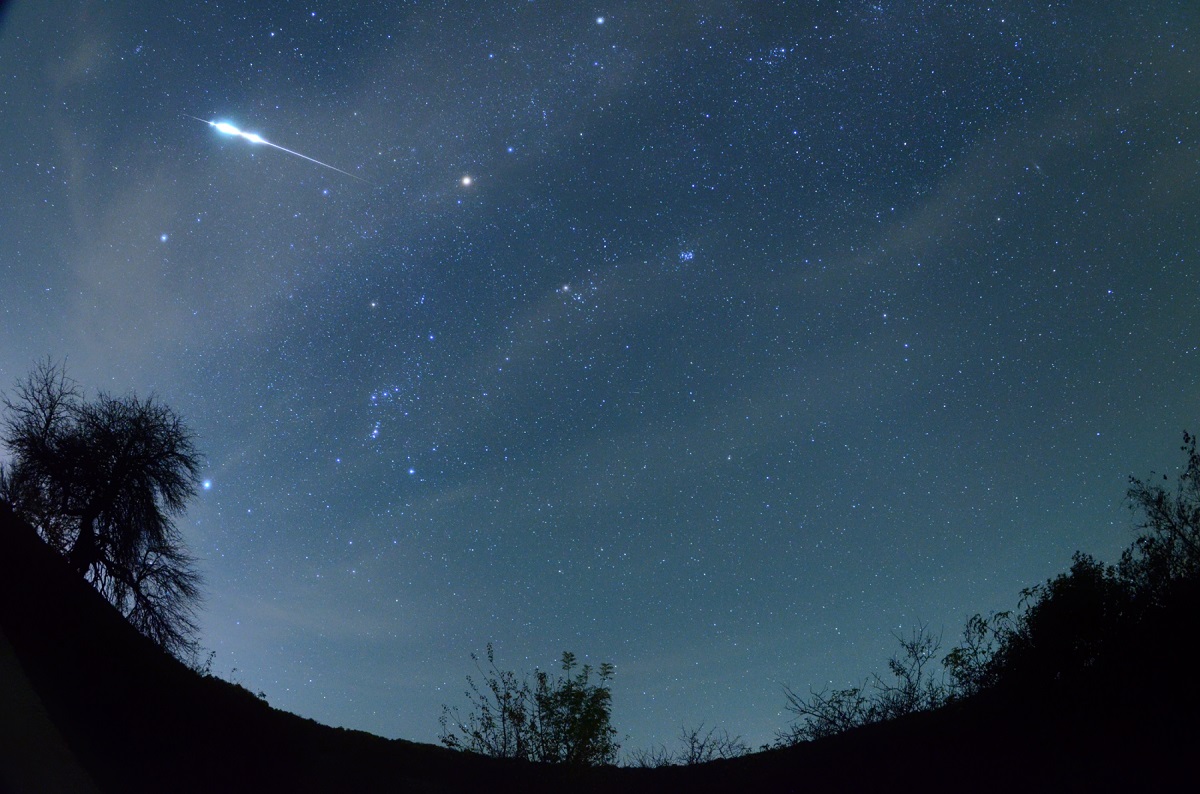
Mónika Landy-Gyebnár captured this multi-bursting South Taurid fireball on October 26, 2022, at 03:43 CEST (1:43 UT) from Hárskút, Hungary.…

Chris Hall captured this multi-bursting fireball while photographing this homestead on June 19, 2020, at 00:48 CDT (5:43 UT) from…

Jordan Ragsdale captured this Southern Taurid fireball using his AllSky Camera System on October 23, 2022, at 23:04 MDT (5:04…
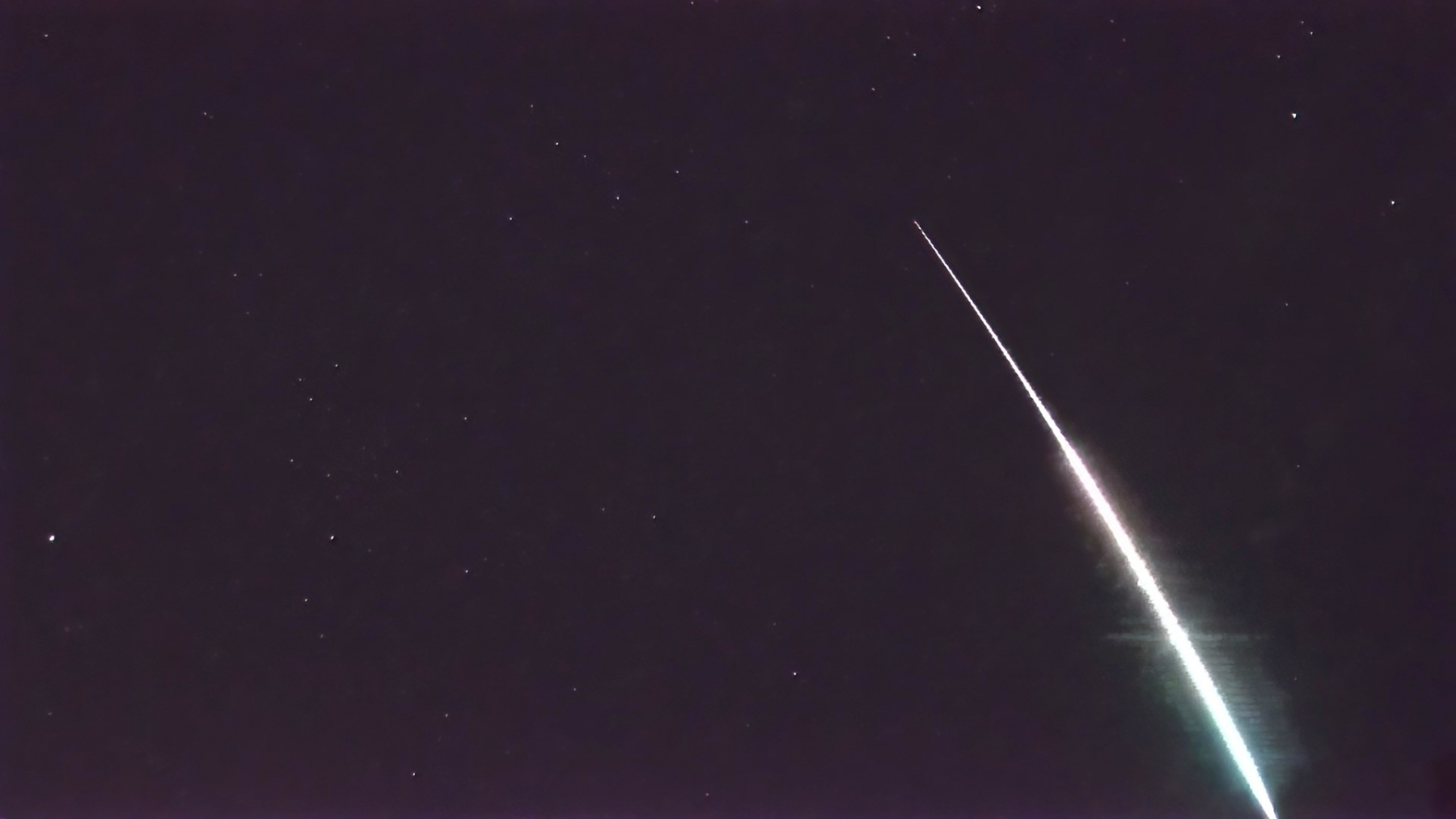
Jordan Ragsdale captured this Orionid fireball using his AllSky Camera System on October 23, 2022, at 01:42 MDT (4:03 UT…
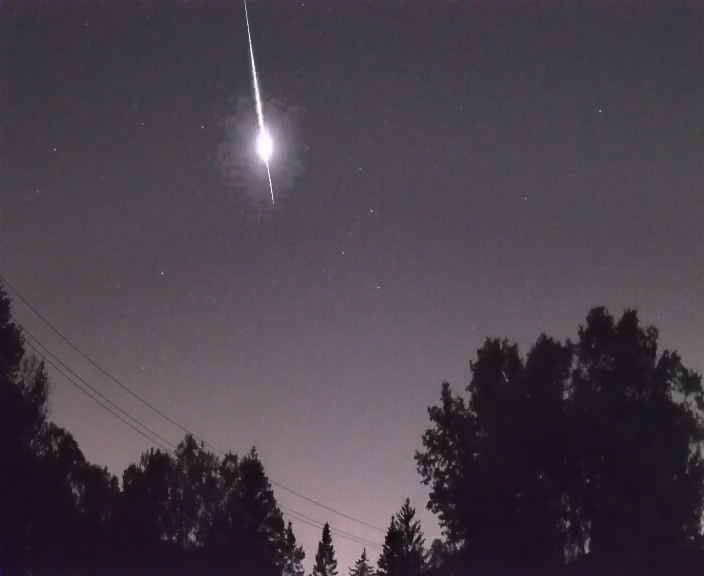
Ryan Connor captured this brilliant Orionid fireball on October 22, 2022, at 06:03 EDT (10:03 UT) from North Royalton, Ohio…

Every year between mid-April and the end of May, the Earth encounters the outbound debris from Halley's Comet. Outbound describes the motion of each particle as it moves away from the sun and passes near the Earth on its way back to the outer realms of the solar system...
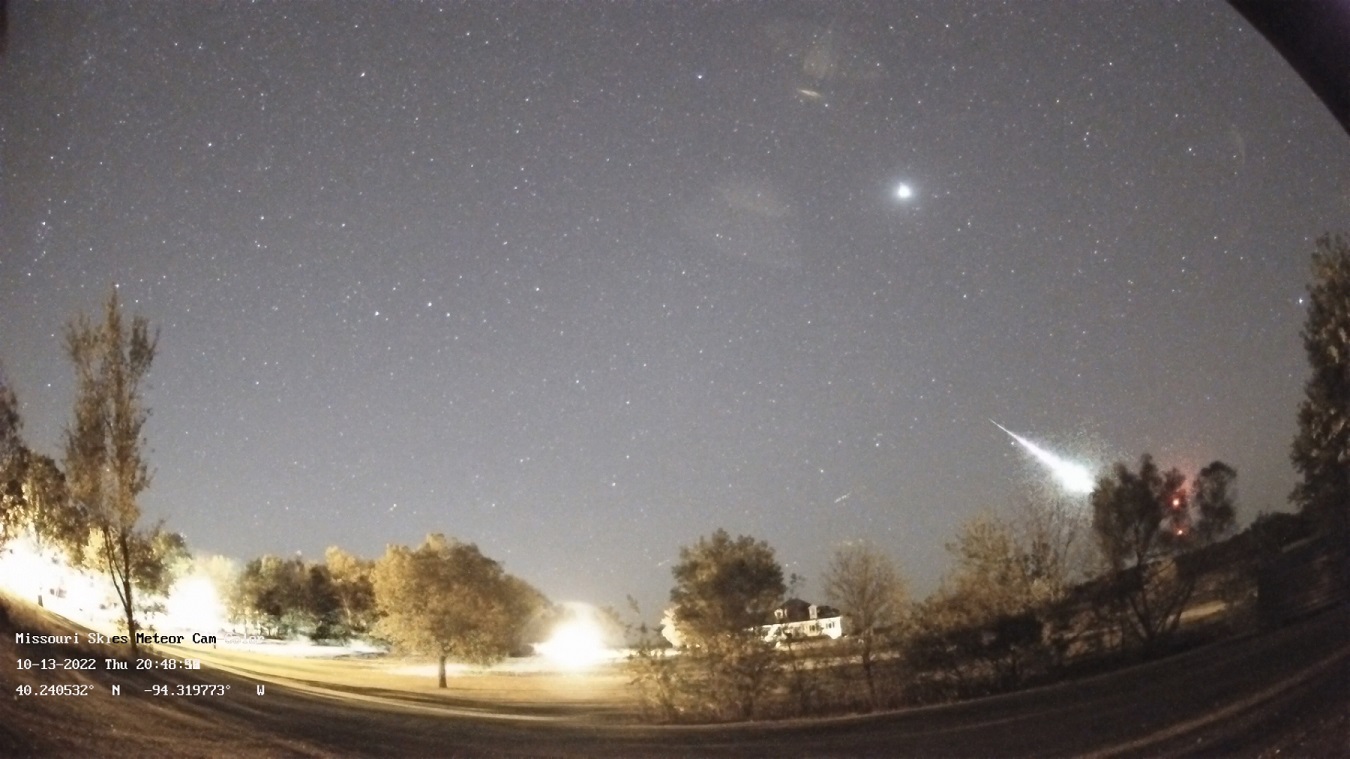
Daniel Bush captured this bright fireball on October 13, 2022, at 20:49 CDT (01:49 UT on Oct. 14 ) as…
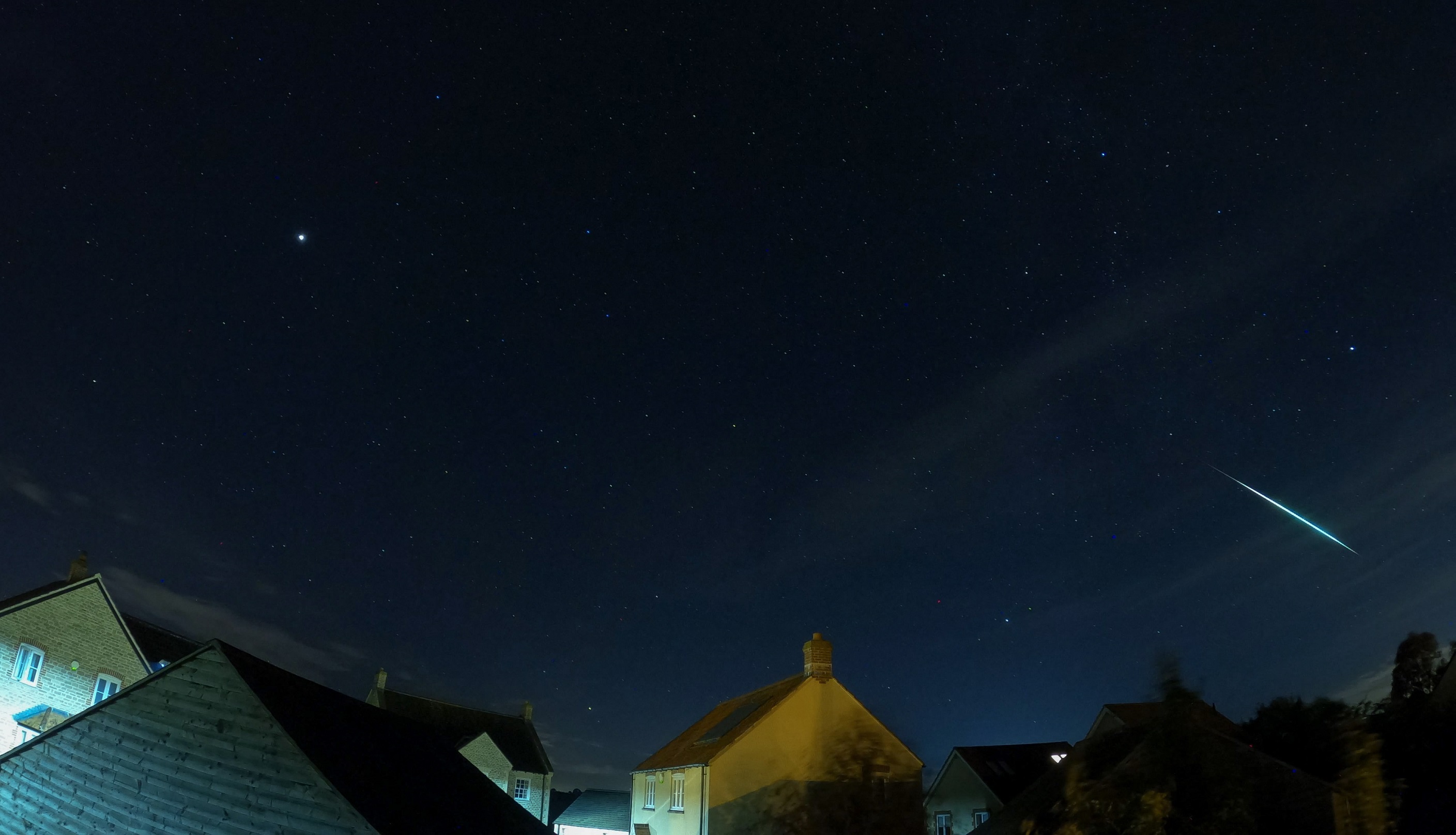
Paul Maggs captured this bright fireball using his GoPro camera on September 23, 2022, at 02:00 BST (01:00 UT )…
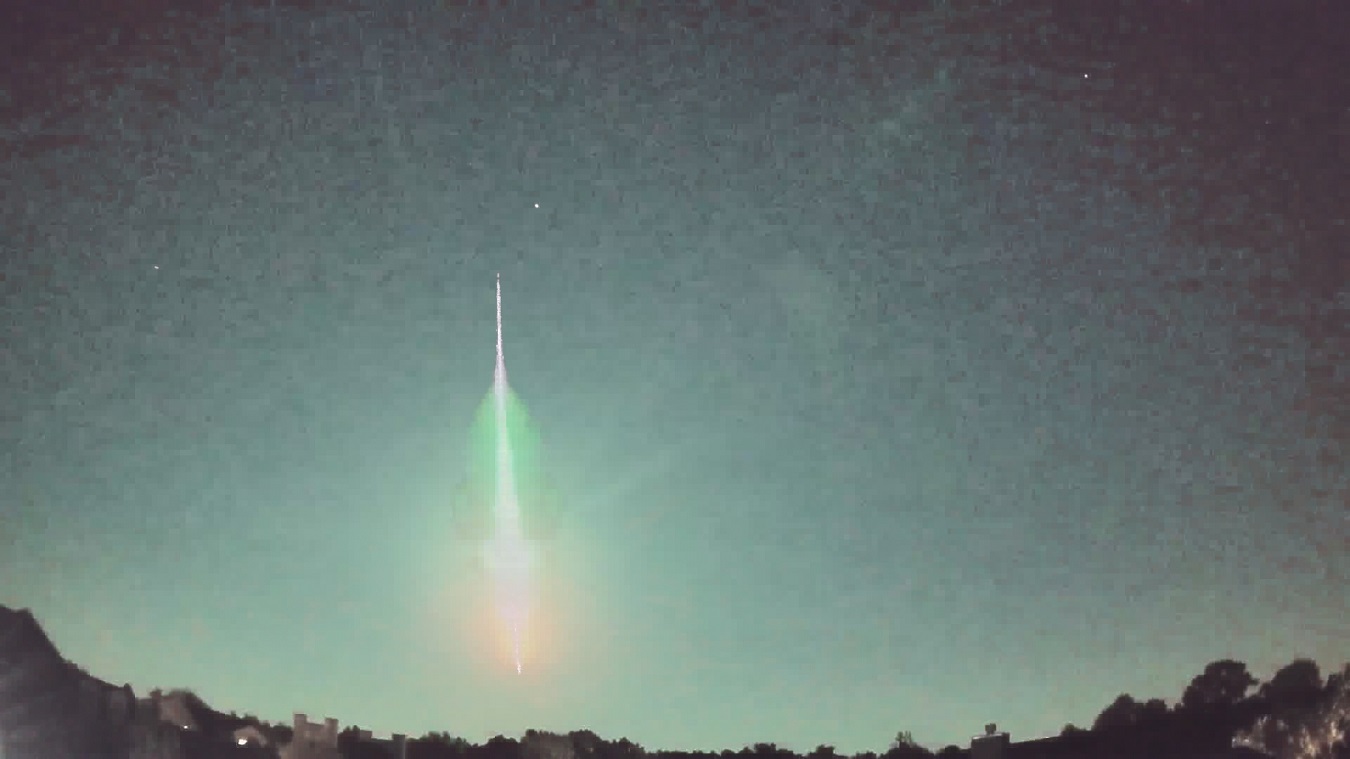
Ed Albin captured this incredibly bright fireball using his AllSky7 camera meteor video system on September 26, 2022, at 00:04…
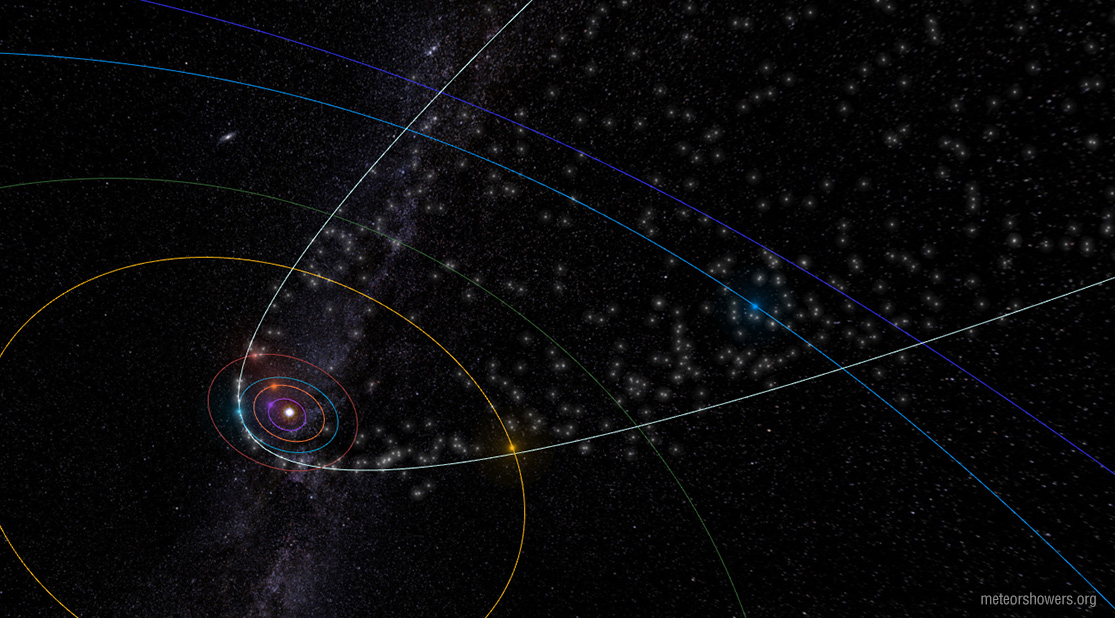
The Lyrids are particles shed from comet 1861 G1 Thatcher, which last passed through the inner solar system in 1861. Don’t expect this comet to return anytime soon as its orbit has been calculated to be near 415 years!
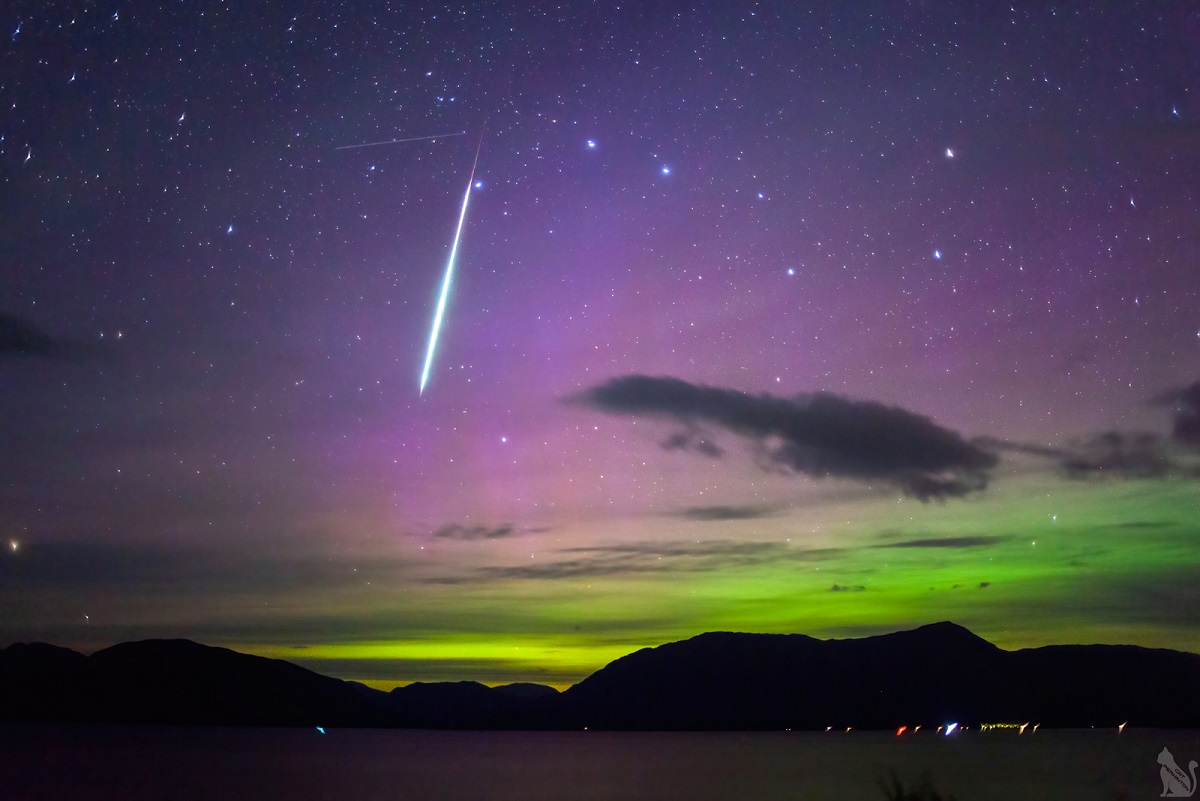
Catherine Perkinton was out photographing a colorful aurora display when this brilliant fireball shot through the field of view of the…

Stacey Balzum was out photographing an intense aurora display when this brilliant fireball shot through the field of view of…
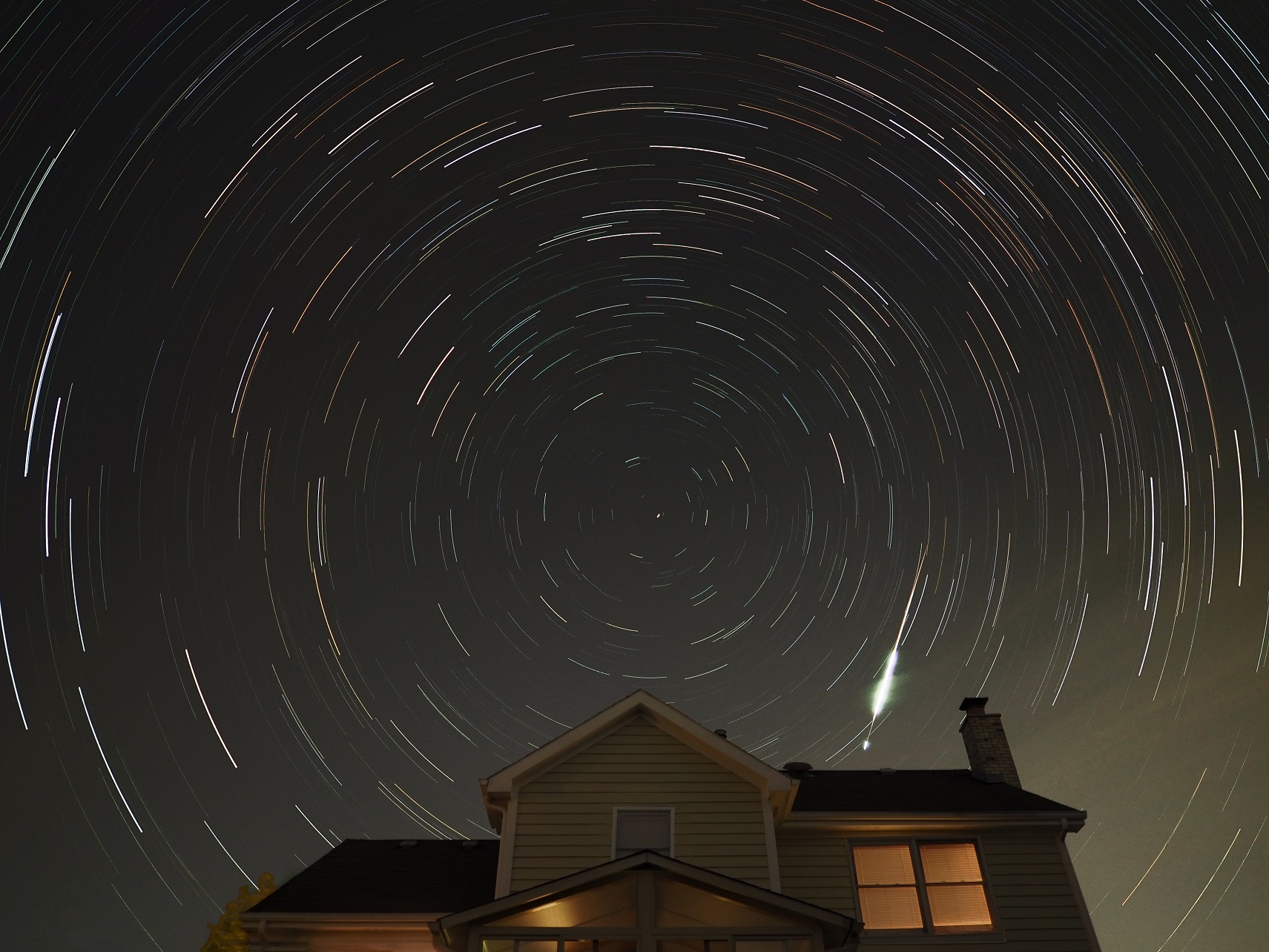
Bart Benjamin captured this bright fireball just above his house on August 2, 2022, at 22:34 CDT (3:34 UT on…
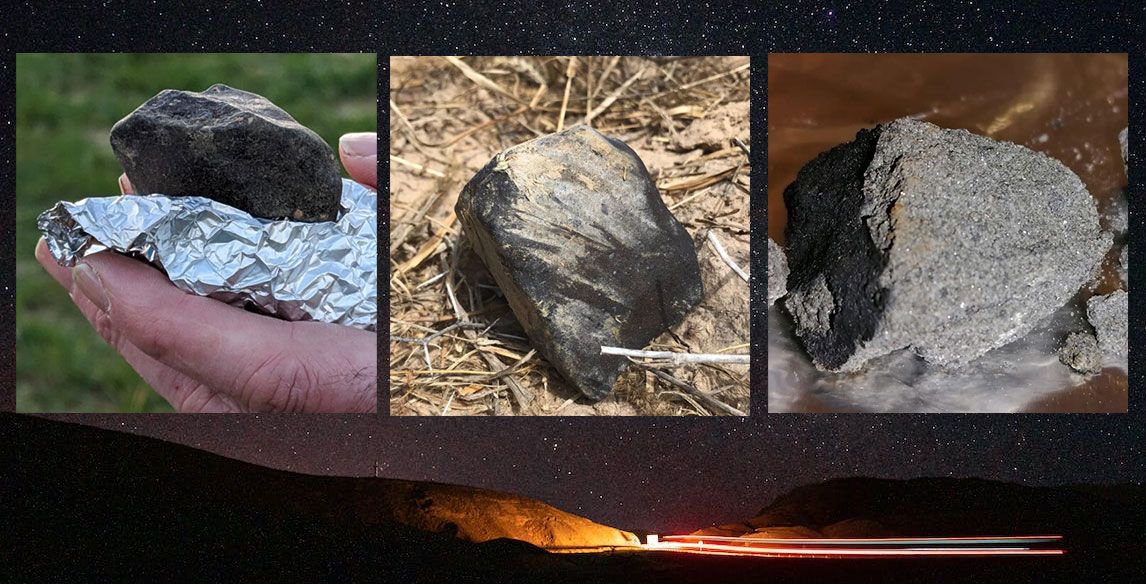
10 years after the Chelyabinsk event, 3 meteorite dropper fireballs occurred within 3 days in France, Italy and Texas

Julie Fearnley was photographing the southern sky from Kandanga, Queensland, Australia on August 20, 2022, at 19:45 AEST (9:45 UT) when…
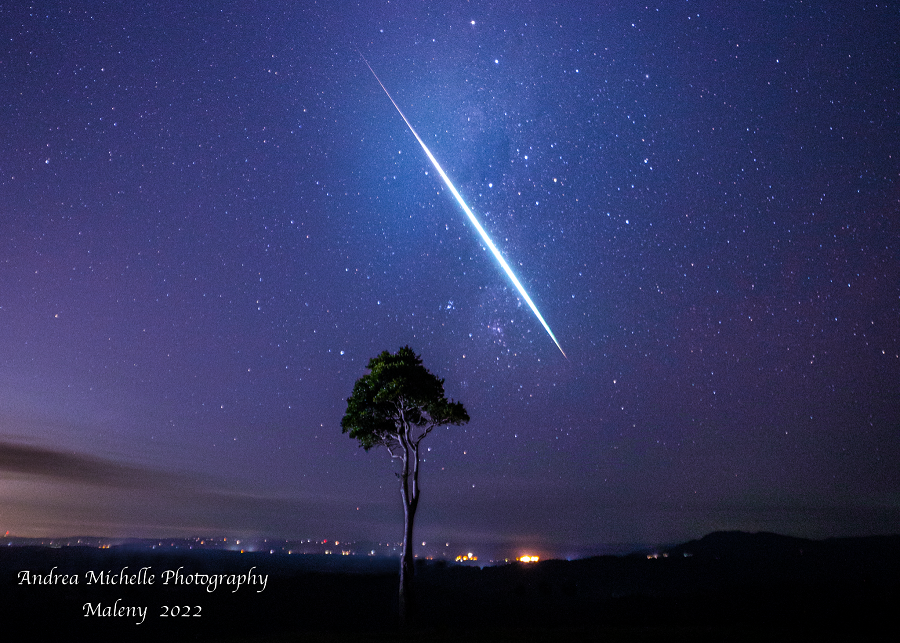
Andrea Lago was photographing the southern sky from Maleny, Queensland, Australia on August 20, 2022, at 19:53 AEST (9:53 UT) when…
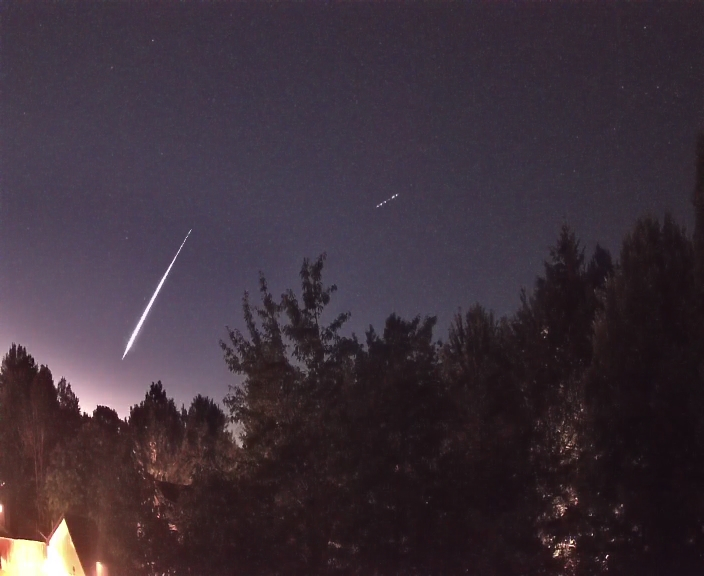
Jordan Ragsdale captured this bright fireball using his AllSky Camera System on August 12, 2022, at 22:03 MDT (4:03 UT…
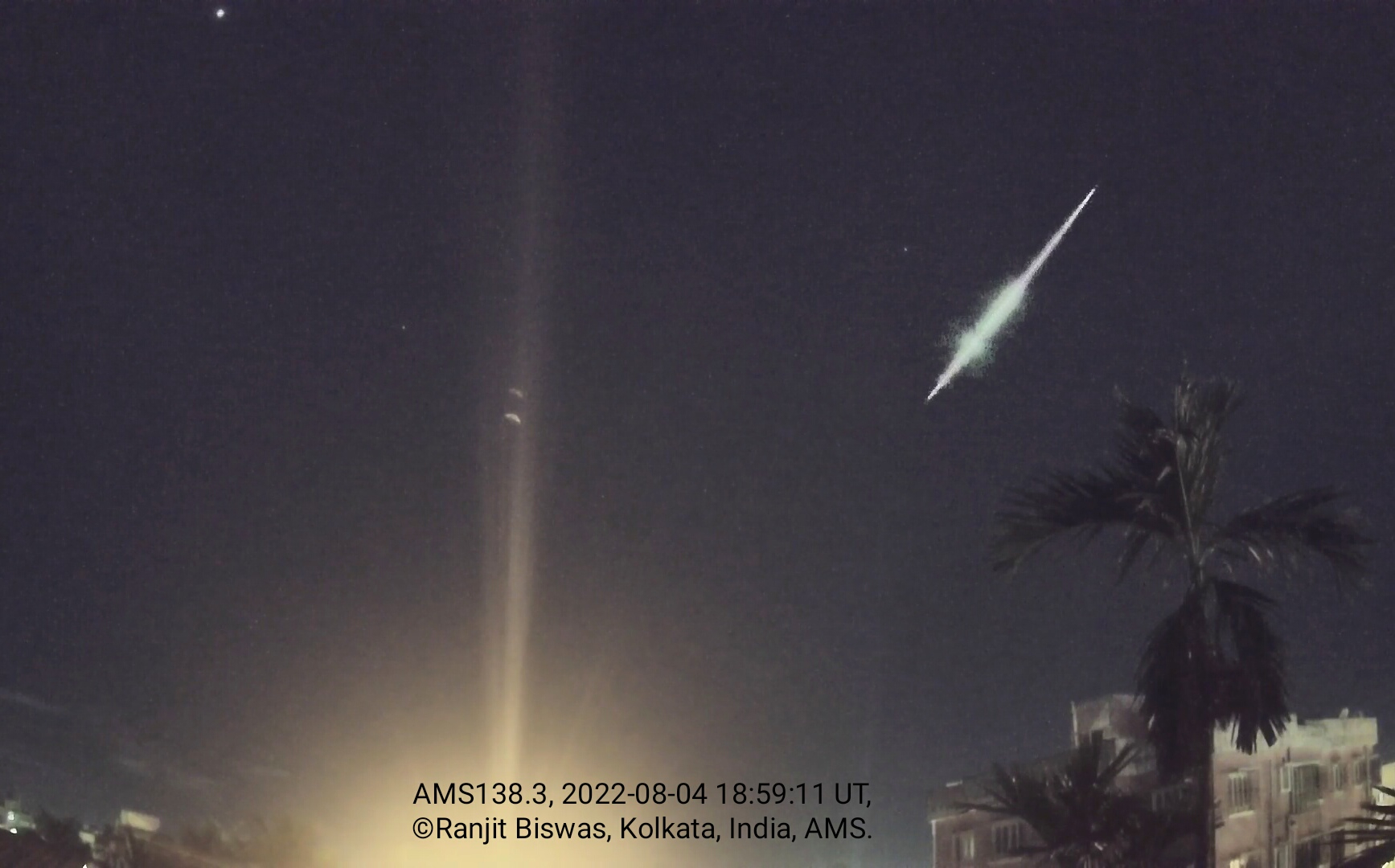
Ranjit Biswas captured this double bursting fireball on August 4, 2022 at 18:59:11 UT (00:30 IST on August 5) from…